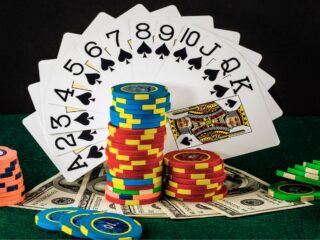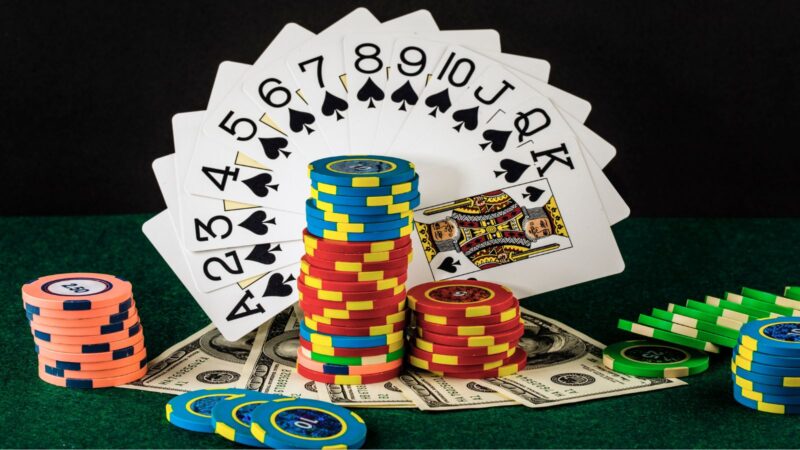
This guide is going to give you a quick introduction to the various types of clay that are used for pottery. We’ll also discuss a little about glazes and firing, then finally I’ll show you some short demonstrations on how to use the pieces for a few different kinds of projects. While this isn’t by any means an exhaustive list, it will give you a good foundation for most projects that you’ll want to complete as a beginner.
Different Types of Pottery Clay
Clay can be purchased in various forms, everything from pre-packaged powdered clay all the way up to large blocks that you cut yourself. Each has their own benefits and drawbacks which we’ll discuss.
Pre-packaged Clay – This is the most common form of pottery. The clay is obviously already measured out for you so there’s no need to worry about measuring it correctly, and it comes in many different varieties. The main drawback here is that each company makes their own special blend so you will never know exactly what kind of clay you’re working with. You’ll need to do your research to figure out which companies make the best pottery clay for beginners.
Block Clay – This is just what it sounds like, big blocks of un-mixed clay that you cut yourself. The main benefit here is that you can buy any type of clay you like and mix it yourself to get the exact properties you need. You can even add in all sorts of materials such as horse hair, wire mesh, etc, for added strength or durability. There are some downsides though; block clay is typically more expensive than pre-packaged and you’ll need a lot of tools and equipment — not just to cut up the clay, but also to properly mix, smooth and condition it. This is where most people give up because they don’t want to invest in all this extra equipment (and it does take a lot of time). If you have the space and money though, going with block clay is not a bad way to go — especially if you plan on doing a lot of pottery for your own use.
Clay Extruder – This is a big machine that works by forcing clay out through various dies which are used to make different shapes and sizes of the final product. These machines are typically purchased by schools or large companies but can also be purchased by individuals as well. While you can make some very large pieces with this, the drawback is that it usually requires a fair amount of clay. But if you’re doing big projects like planters or vases then this is definitely the way to go.
A quick run down on glazes and firing
Glaze – This is what gives your final product its shiny, pretty color. Depending on the type of clay that your project is made from, you’ll need to use a different glaze. If you’re working in a high temperature studio then this won’t be a problem because they can fire multiple types of clay in one big oven or kiln. But for those who have smaller kilns or don’t have any equipment at all, you’ll need to stick with one type of clay and glaze.
Firing – This is the process of heating your finished product so it won’t break or crumble when exposed to temperatures above 1000 degrees Fahrenheit. If you don’t do this then your pottery will eventually crack and break after it’s been exposed to the elements. This is also what causes your glaze to melt and give off that shiny, pretty finish.
Indoor Pottery Beginners Guide
This is the most common form of pottery. The clay is obviously already measured out for you so there’s no need to worry about measuring it correctly, and it comes in many different varieties. The main drawback here is that each company makes their own special blend so you will never know exactly what kind of clay you’re working with. You’ll need to do your research to figure out which companies make the best pottery clay for beginners.












